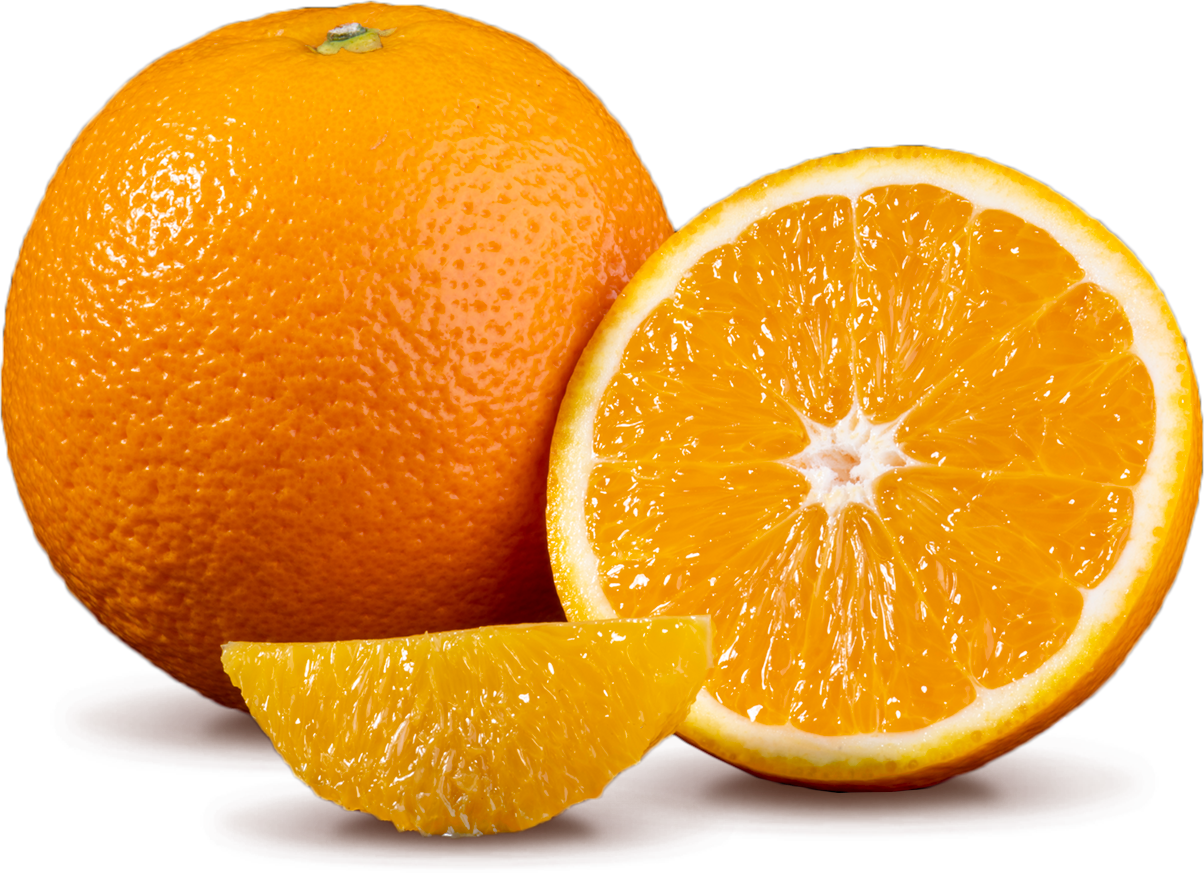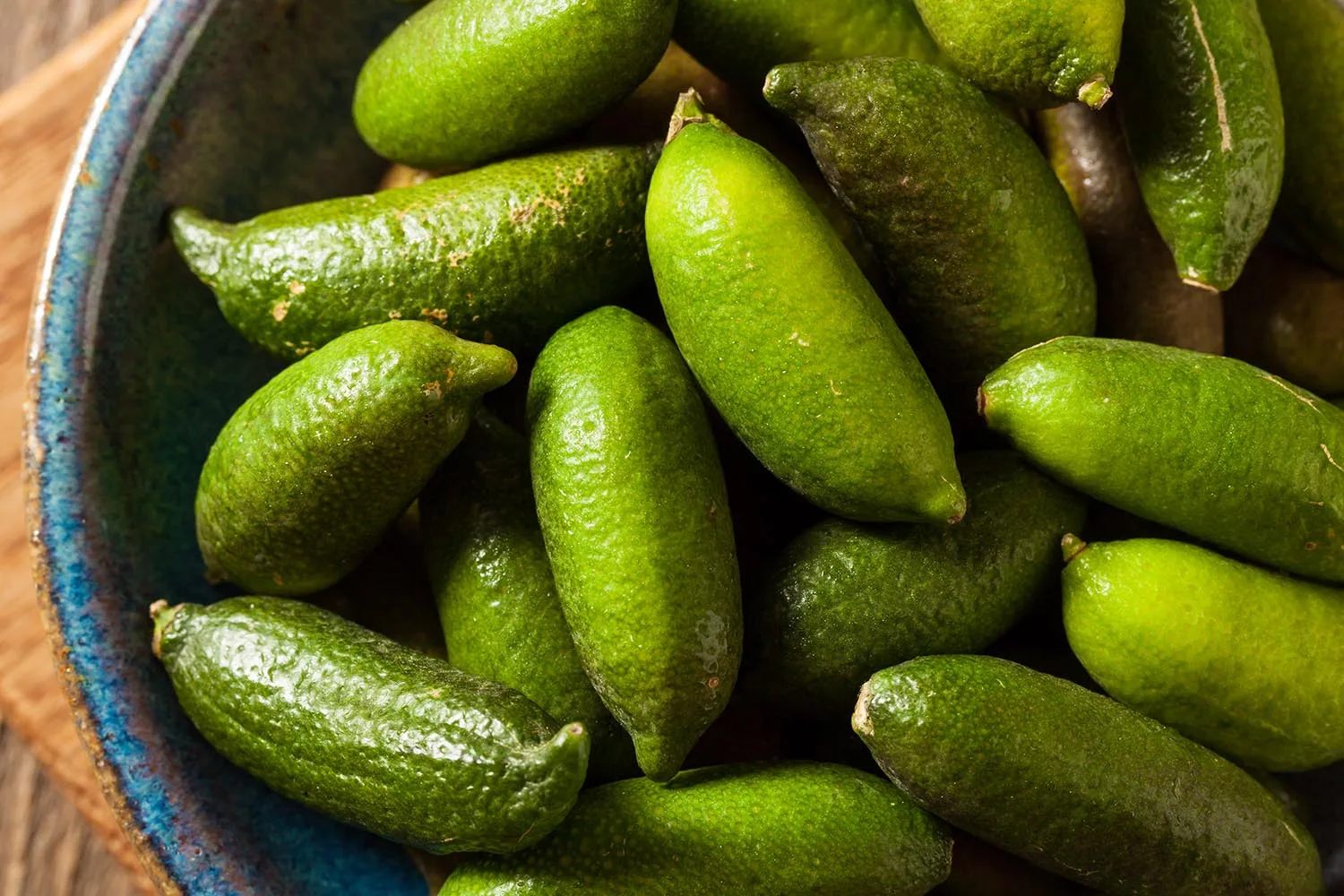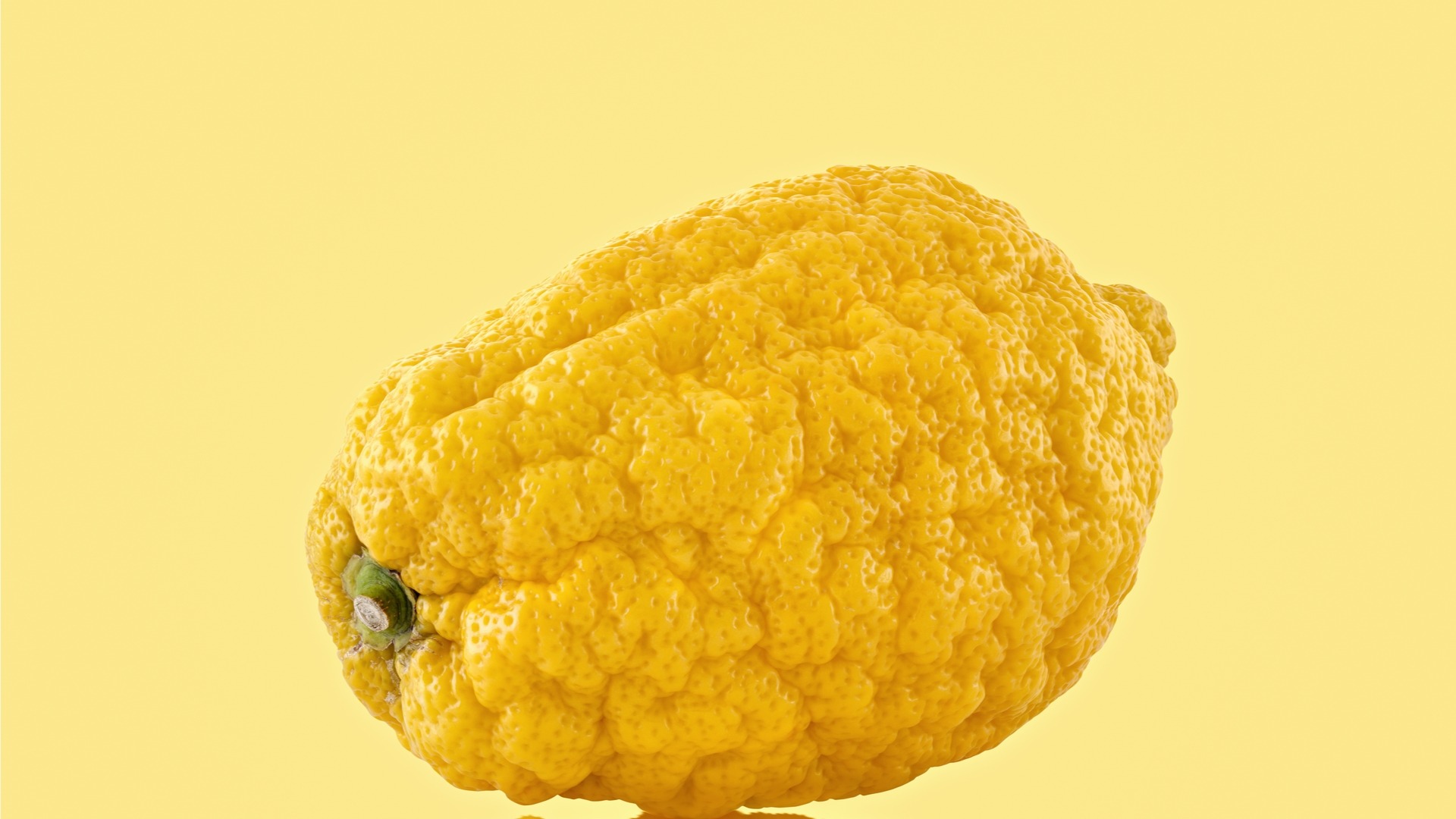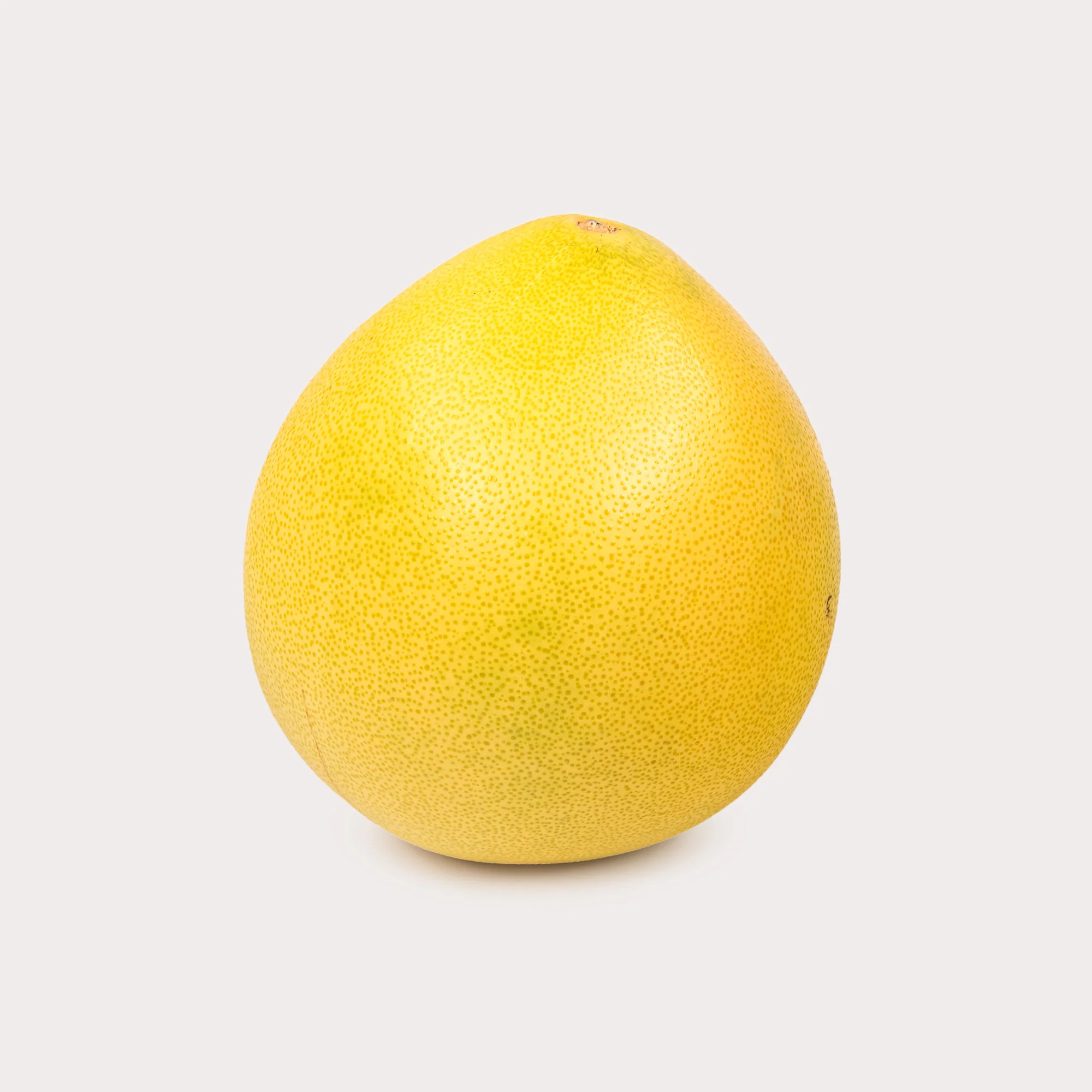Mandarin Orange (Citrus reticulata): Fruit Characteristics, Varieties, Nutrition, and Distribution
The orange (scientific name: Citrus reticulata) belongs to the Rutaceae family under the Citrus genus. This citrus fruit is highly popular due to its easily peeled skin, segmented juicy flesh, and delightful sweet-tart taste.
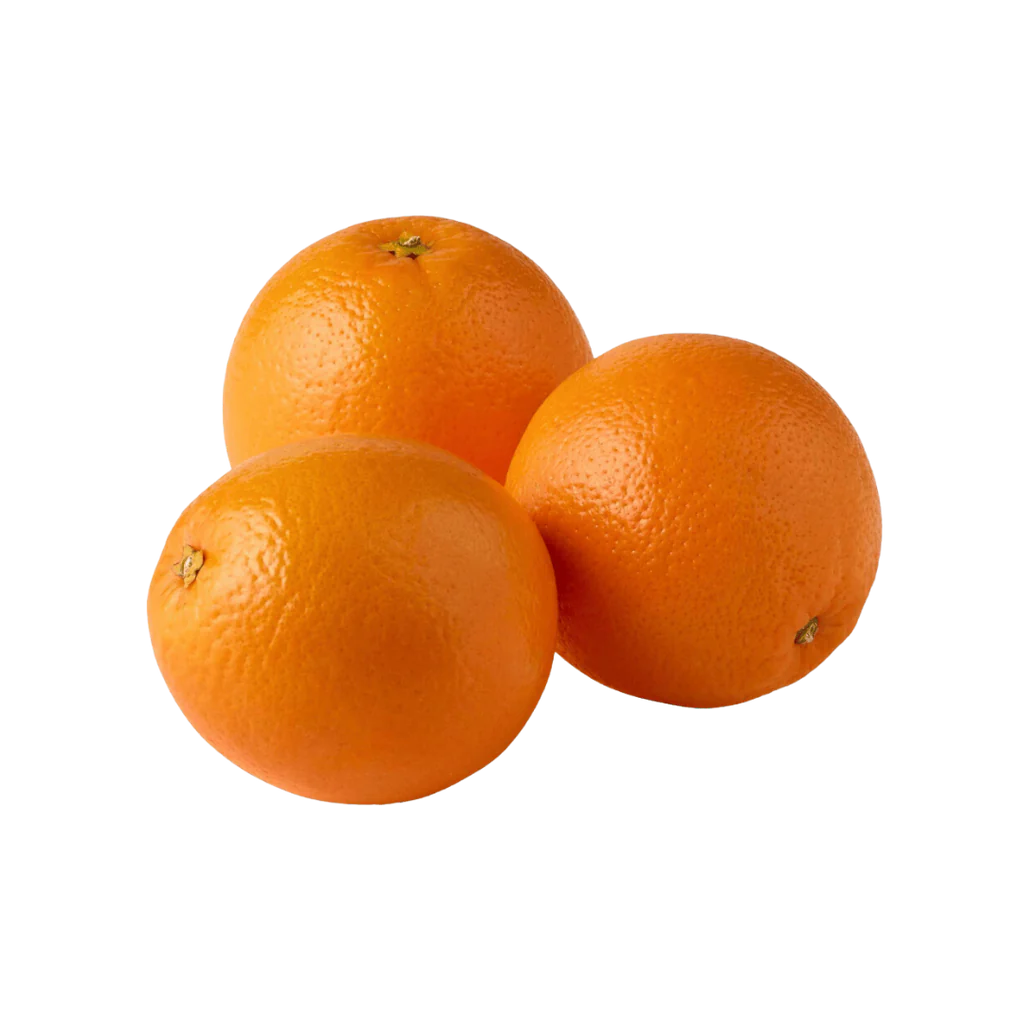
Fruit Characteristics
Oranges are hesperidia (a type of berry), typically round or slightly flattened in shape. Their size varies by variety but generally ranges from 5-10 cm in diameter. The skin is thin and loose-fitting for easy peeling. When ripe, it turns an orange-yellow or orange-red hue. The surface is dotted with oil glands that release a distinct fragrance. Inside, the flesh is divided into segments that are soft and juicy, with a sweet-tart flavor profile that varies among different varieties. Seeds may be present in varying amounts depending on the type.
Varieties
There are numerous varieties of oranges categorized based on factors such as ripening time, fruit size, shape, flavor, skin characteristics, or ease of peeling:
- Satsuma Mandarin: Early ripening; easily peeled skin; soft and juicy flesh; sweet-tart taste; few or no seeds.
- Canton Mandarin: Small-sized; thin and smooth skin; extremely sweet with little acidity; few seeds.
- Gonggan Mandarin: Larger size; smooth orange-yellow skin; crisp and juicy texture; balanced sweet-tart flavor.
- Ponkan Mandarin: Medium-sized; thicker but easily peeled skin; soft and juicy texture; balanced sweet-tart taste; more seeds.
- Blood Orange: Red-colored flesh and juice; unique flavor with hints of berry aroma.
Nutritional Value and Potential Benefits
Oranges pack high nutritional value, containing abundant Vitamin C, Vitamins A, B-complex vitamins, potassium, and dietary fiber. Their peels also hold essential oils and flavonoids, which are beneficial for health.
Eating oranges can enhance immune function, improve digestion, protect heart health, and provide antioxidant benefits.
Distribution and Cultivation
Originating from Southern China, where they have been cultivated for millennia, today oranges grow extensively across subtropical and temperate regions globally, including major producers such as China, Brazil, the USA, and India. Orange trees thrive best in warm, humid climates with ample sunlight and well-drained soil conditions. They are primarily propagated by grafting methods.
